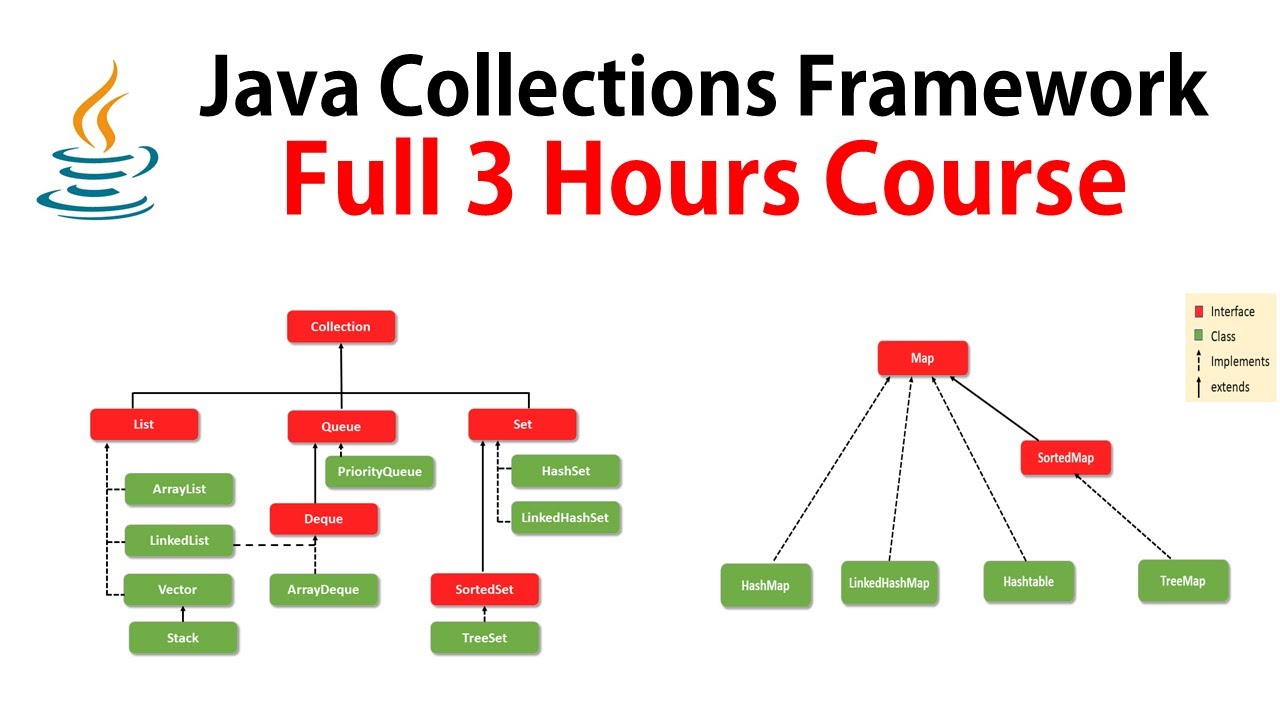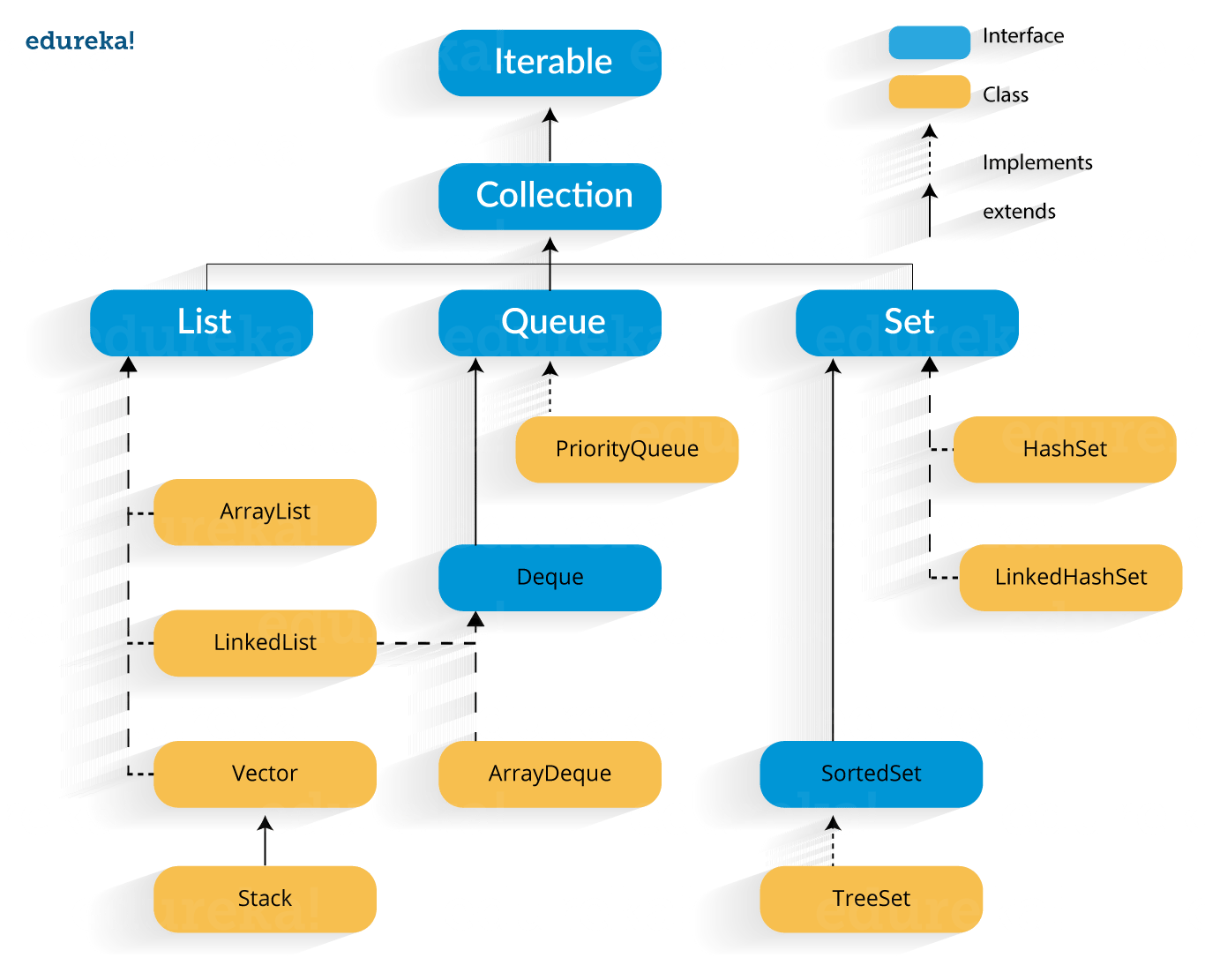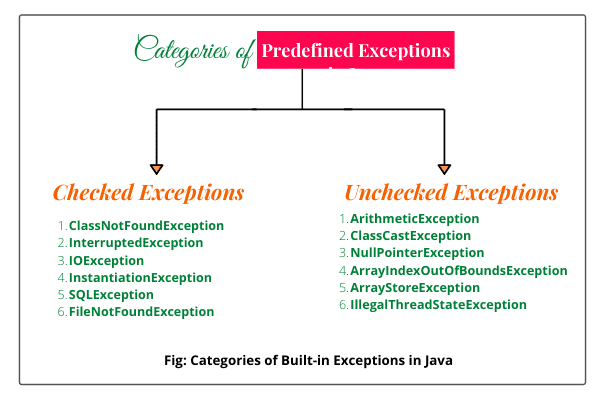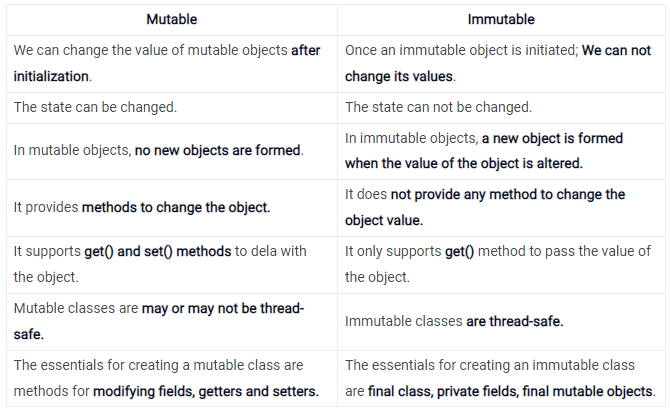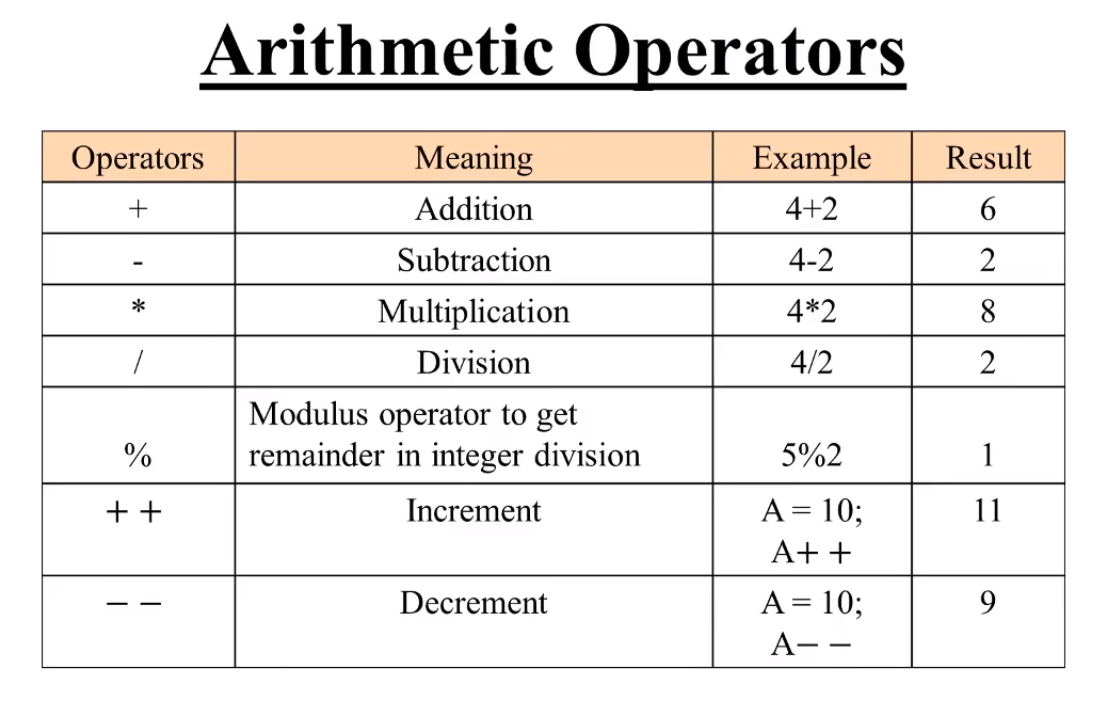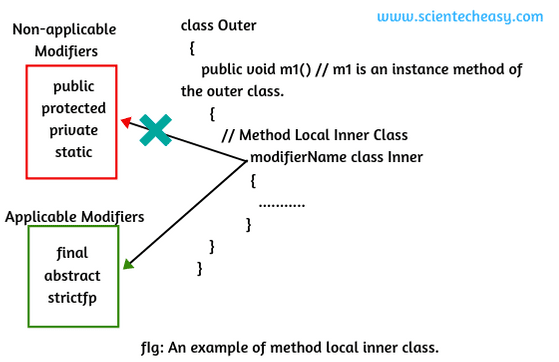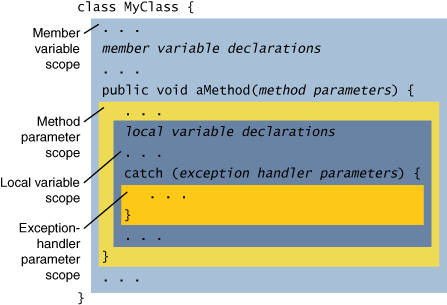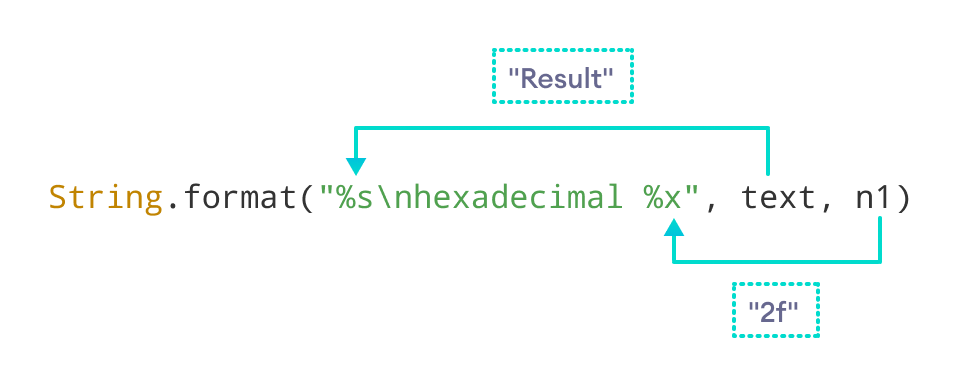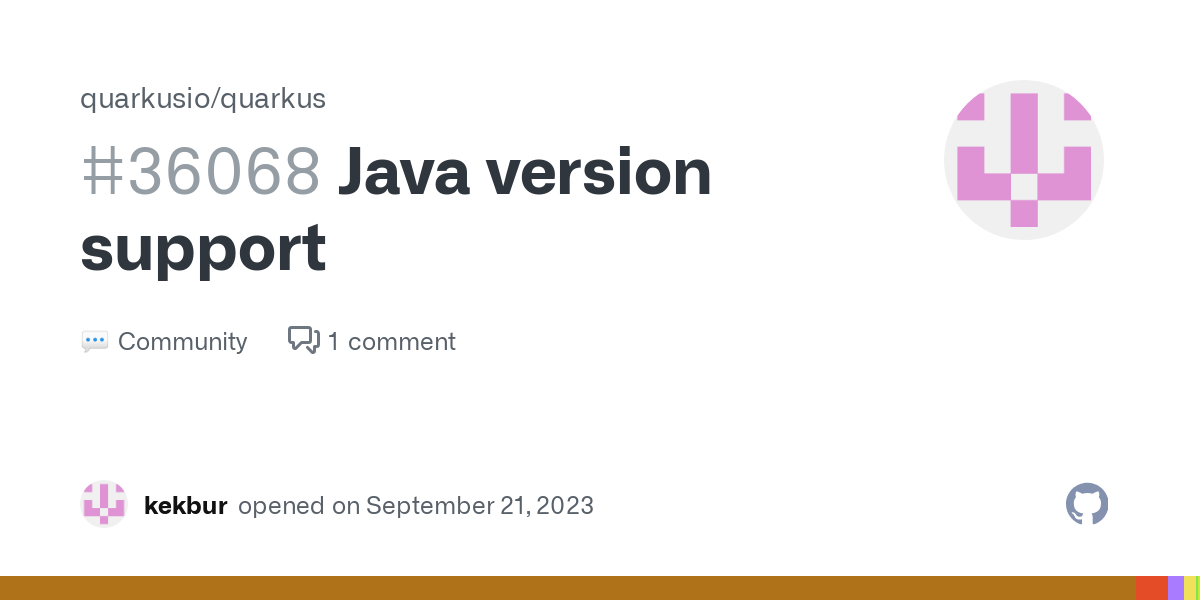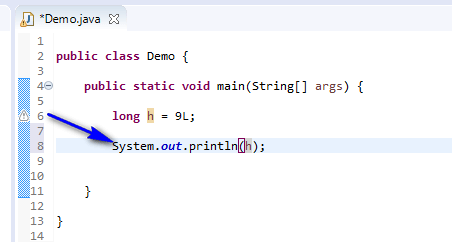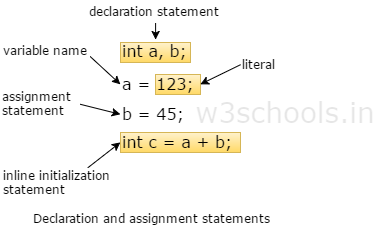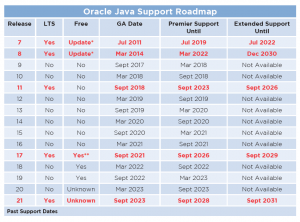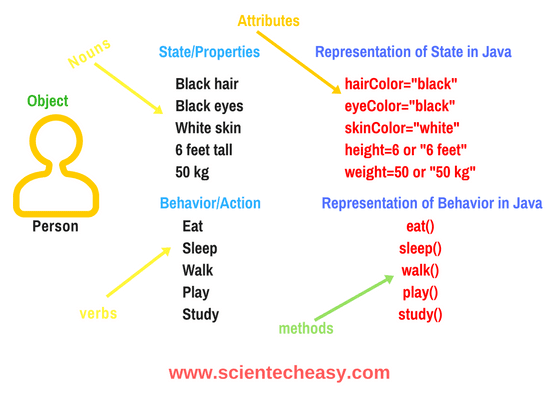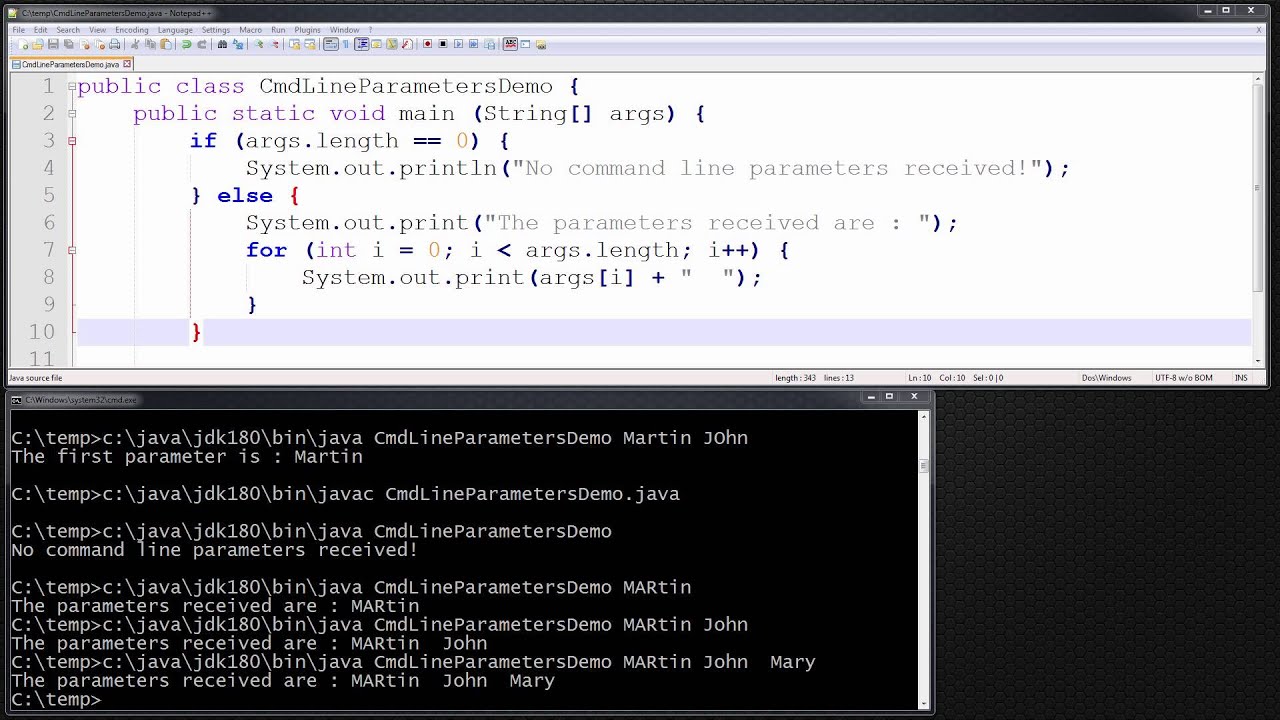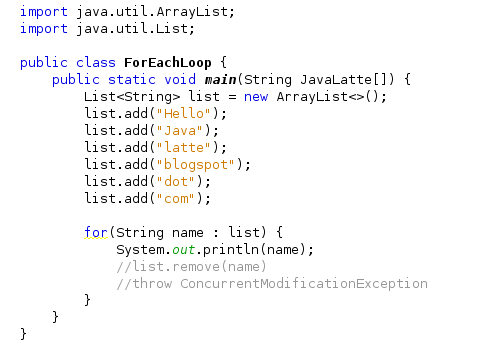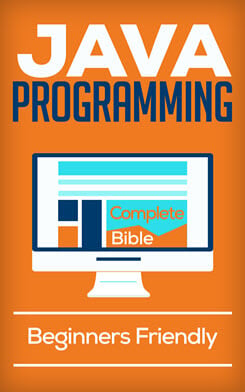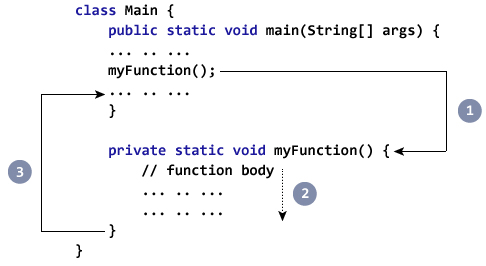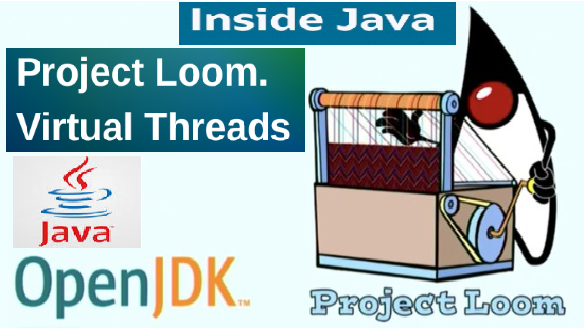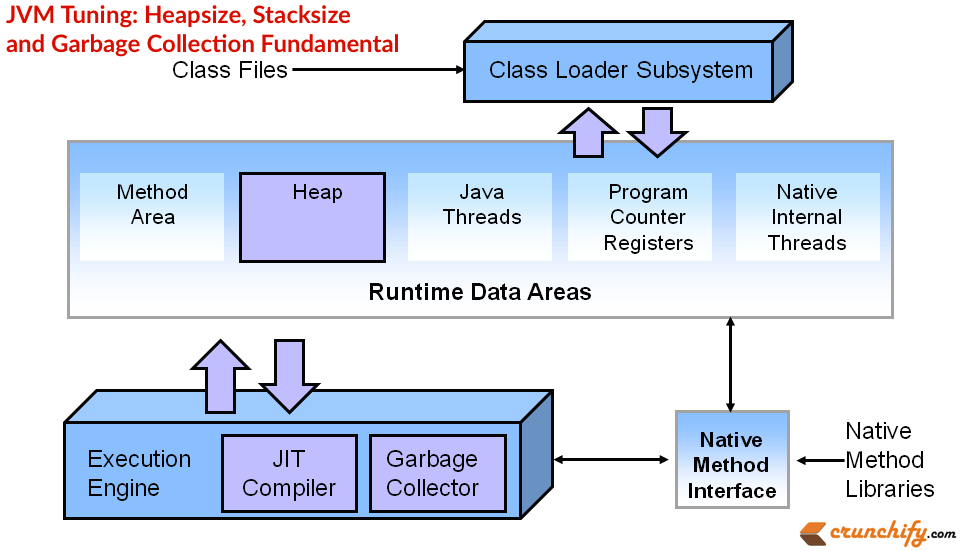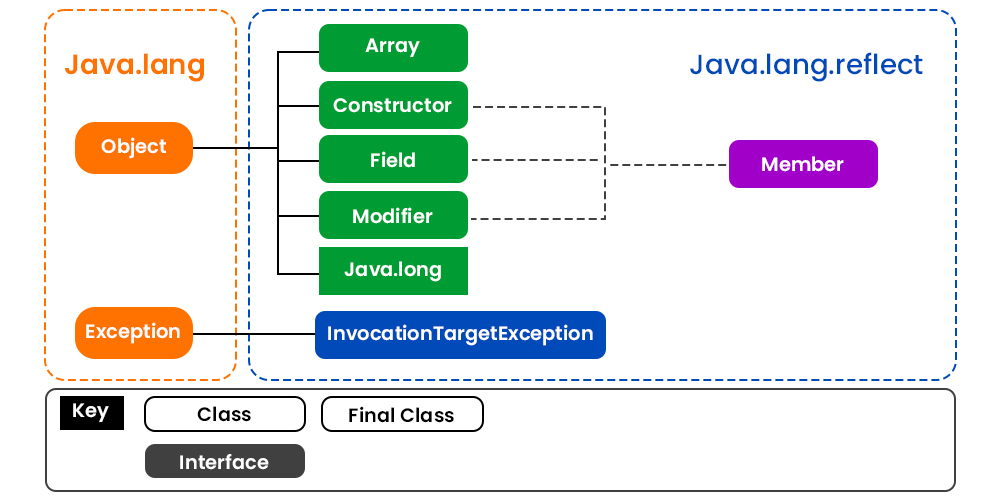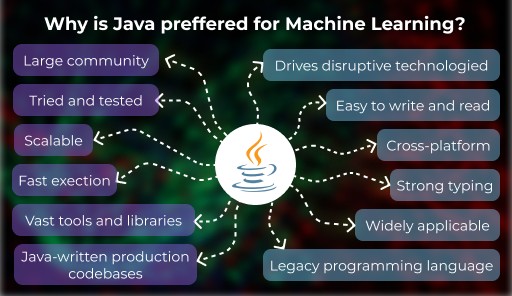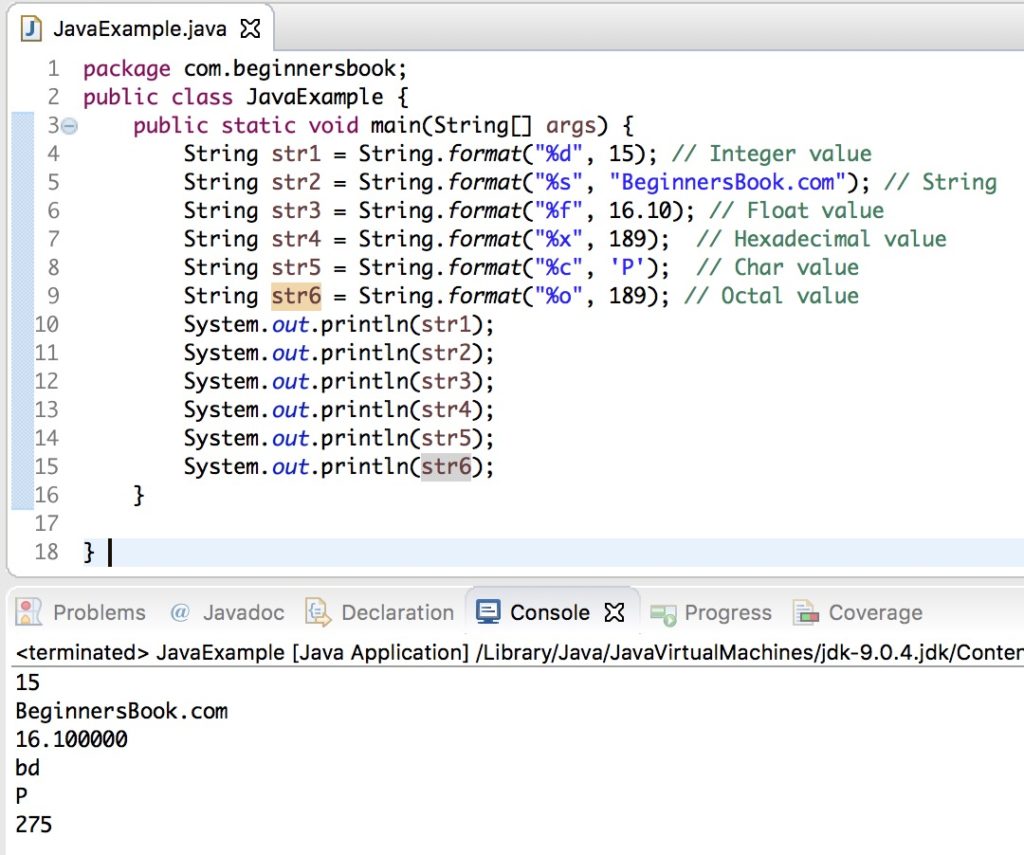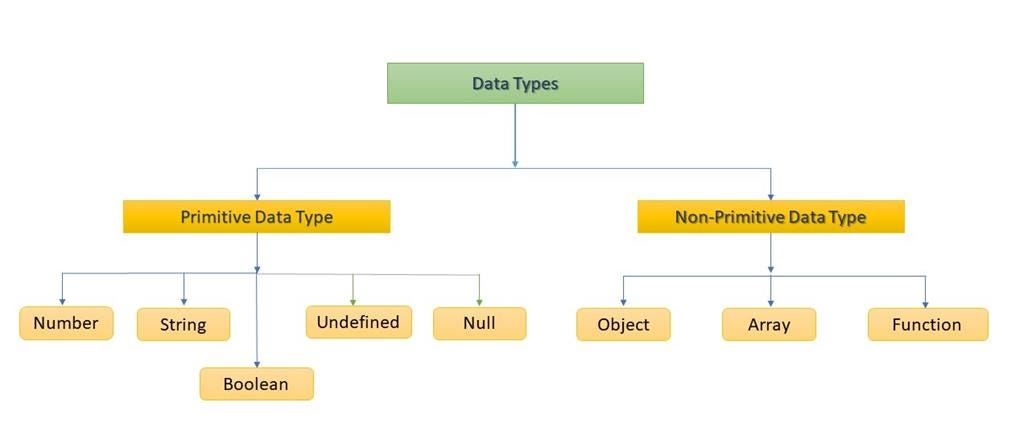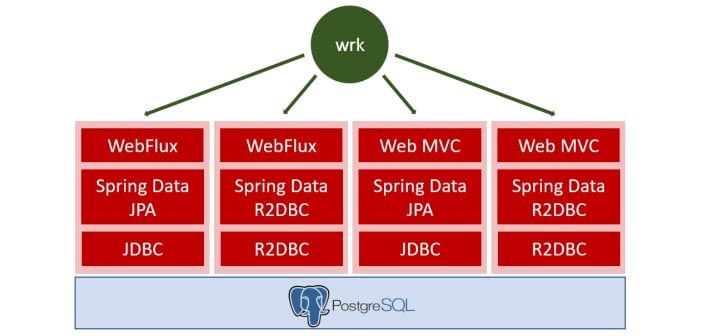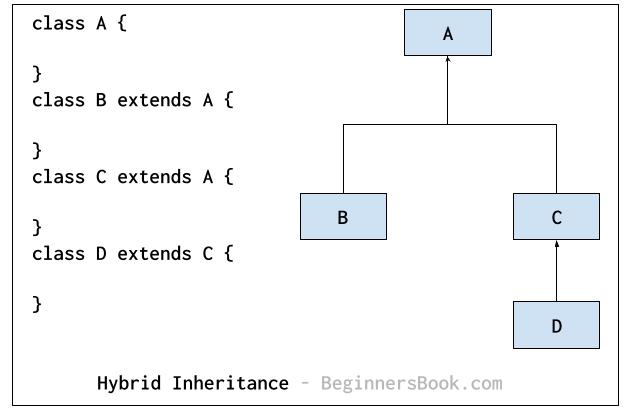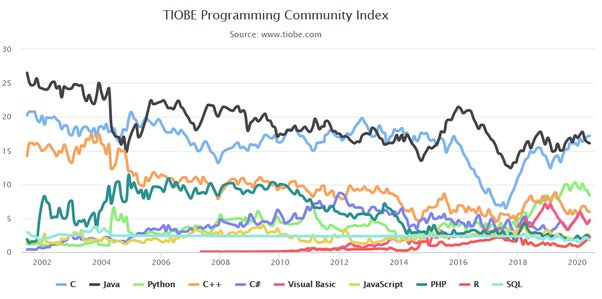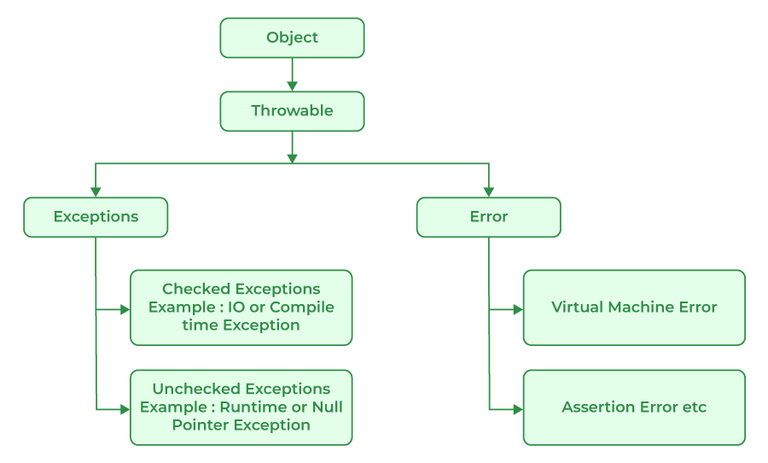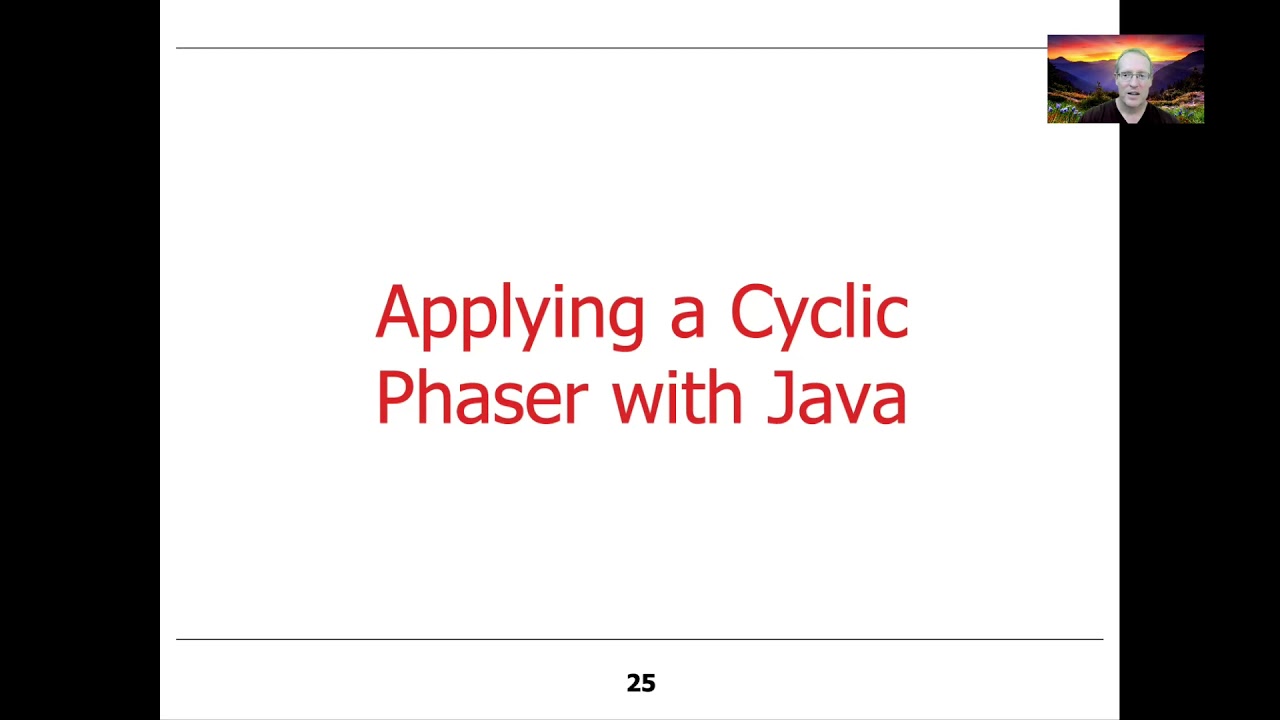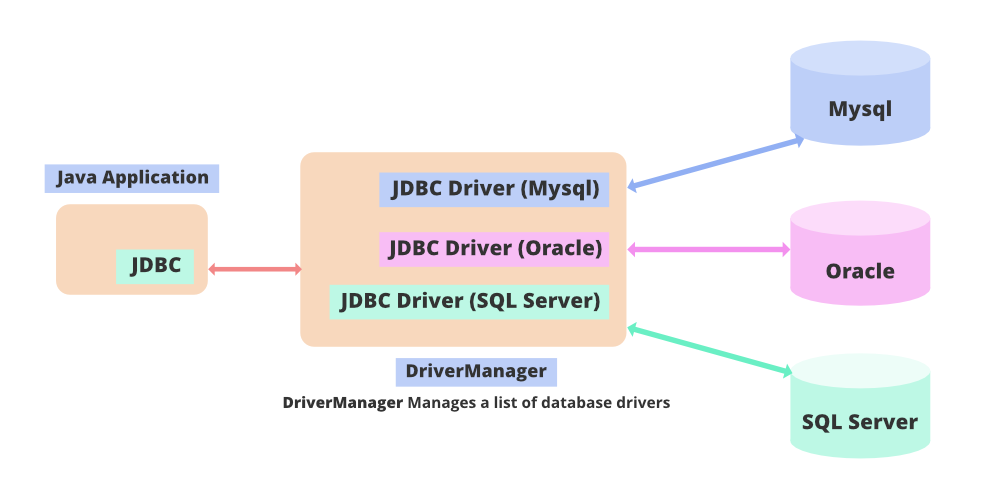Java collections framework pdf
Java collections framework pdf
Here is the information about Java Collections Framework:
Introduction
The Java Collections Framework (JCF) is a set of classes and interfaces that provide data structures for efficiently processing data. It was introduced as part of Java 2 in 1998 to simplify the process of working with collections. The framework provides classes such as ArrayList, LinkedList, HashSet, HashMap, and many others, which can be used to store and manipulate data.
Core Features
The JCF has several core features that make it a powerful tool for developers:
Interfaces: The JCF defines several interfaces, such asList, Set, and Map, that define the behavior of collections. These interfaces are implemented by concrete classes. Classes: The JCF provides many classes that implement the interfaces defined above. Some examples include ArrayList, LinkedList, HashSet, and HashMap. Iteration: Many collection classes provide methods for iterating over their elements, such as iterator() and forEach(). Sorting: Several collection classes provide methods for sorting their elements, such as sort() and shuffle(). Searching: Many collection classes provide methods for searching their elements, such as contains() and get().
Common Interfaces
The JCF defines several common interfaces that are used by many collection classes. These include:
List: A sequence of elements, similar to an array. Set: An unordered collection of unique elements. Map: A key-value mapping. Queue: A first-in, first-out (FIFO) ordering of elements.Common Classes
The JCF provides several common classes that are used by many collection interfaces. These include:
ArrayList: A resizable array-based list. **LinkedList: A linked list implementation of theList` interface. **HashSet`: A set implementation based on a hash table. **HashMap`: A map implementation based on a hash table.
Benefits
The JCF has several benefits that make it useful for developers:
Simplifies Data Structures: The JCF provides a wide range of data structures, making it easier to choose the right one for your needs. Provides Common APIs: The JCF defines common interfaces and methods that can be used across many collection classes, making it easier to write code that works with different types of collections. Improves Code Quality: By using the JCF, developers can write more robust and maintainable code.Conclusion
The Java Collections Framework is a powerful tool for developers that provides a wide range of data structures and APIs for manipulating them. Its many benefits make it an essential part of any Java developer's toolkit.
Additional Resources
For more information on the Java Collections Framework, I recommend the following resources:
Oracle's Java Tutorials: https://docs.oracle.com/javase/tutorial/essential/collections/index.html Java API Documentation: https://docs.oracle.com/javase/8/docs/api/java/util/package-frame.htmlReferences
Oracle's Java Tutorials: https://docs.oracle.com/javase/tutorial/essential/collections/index.html Java API Documentation: https://docs.oracle.com/javase/8/docs/api/java/util/package-frame.htmlI hope this information helps! Let me know if you have any further questions.
types of collections in java
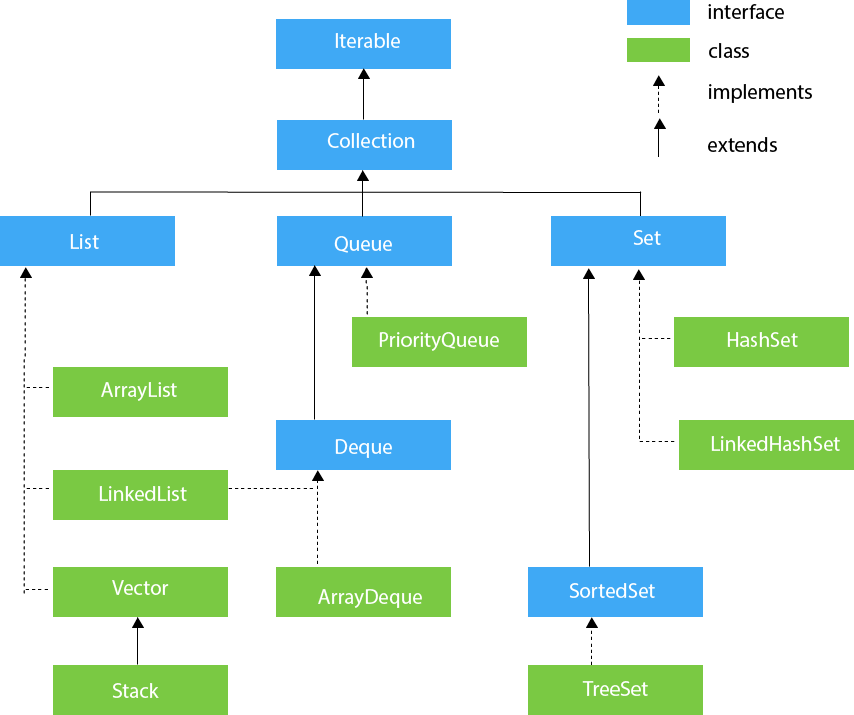
I'm sorry! I'll respond in English.
Java provides several types of collections that can be used to store and manipulate groups of objects. These include:
List: A List is an ordered collection of objects, where you can access elements by their index (position) in the list. Java has three implementations of List:ArrayList, LinkedList, and Vector. Lists are useful for tasks like managing a set of items in a specific order.
Example:
Set: A Set is an unordered collection of unique objects, where duplicate values are not allowed. Java has three implementations of Set:import java.util.ArrayList;import java.util.List;
public class Main {
public static void main(String[] args) {
List list = new ArrayList<>();
list.add("Apple");
list.add("Banana");
System.out.println(list); // [Apple, Banana]
}
}
HashSet, LinkedHashSet, and TreeSet. Sets are useful for tasks like managing a set of items without duplicates.
Example:
Map: A Map is an unordered collection of key-value pairs, where each key uniquely identifies a value. Java has two main implementations of Map:import java.util.HashSet;import java.util.Set;
public class Main {
public static void main(String[] args) {
Set set = new HashSet<>();
set.add("Apple");
set.add("Banana");
set.add("Apple"); // duplicate ignored
System.out.println(set); // [Apple, Banana]
}
}
HashMap and TreeMap. Maps are useful for tasks like managing a set of items with associated data.
Example:
Queue: A Queue is a first-in-first-out (FIFO) collection of objects, where elements are removed in the order they were added. Java has two main implementations of Queue:import java.util.HashMap;import java.util.Map;
public class Main {
public static void main(String[] args) {
Map<String, String> map = new HashMap<>();
map.put("Apple", "Red");
map.put("Banana", "Yellow");
System.out.println(map); // {Apple=Red, Banana=Yellow}
}
}
ArrayDeque and LinkedList. Queues are useful for tasks like managing a set of items with a specific ordering.
Example:
Stack: A Stack is a last-in-first-out (LIFO) collection of objects, where elements are removed in the order they were added. Java has two main implementations of Stack:import java.util.LinkedList;import java.util.Queue;
public class Main {
public static void main(String[] args) {
Queue queue = new LinkedList<>();
queue.add("Apple");
queue.add("Banana");
System.out.println(queue); // [Apple, Banana]
}
}
ArrayDeque and LinkedList. Stacks are useful for tasks like managing a set of items with a specific ordering.
Example:
import java.util.LinkedList;import java.util.Stack;
public class Main {
public static void main(String[] args) {
Stack stack = new Stack<>();
stack.add("Apple");
stack.add("Banana");
System.out.println(stack); // [Apple, Banana]
}
}
These are the main types of collections in Java. Each has its own unique characteristics and use cases, and understanding them is crucial for effective programming in Java.
